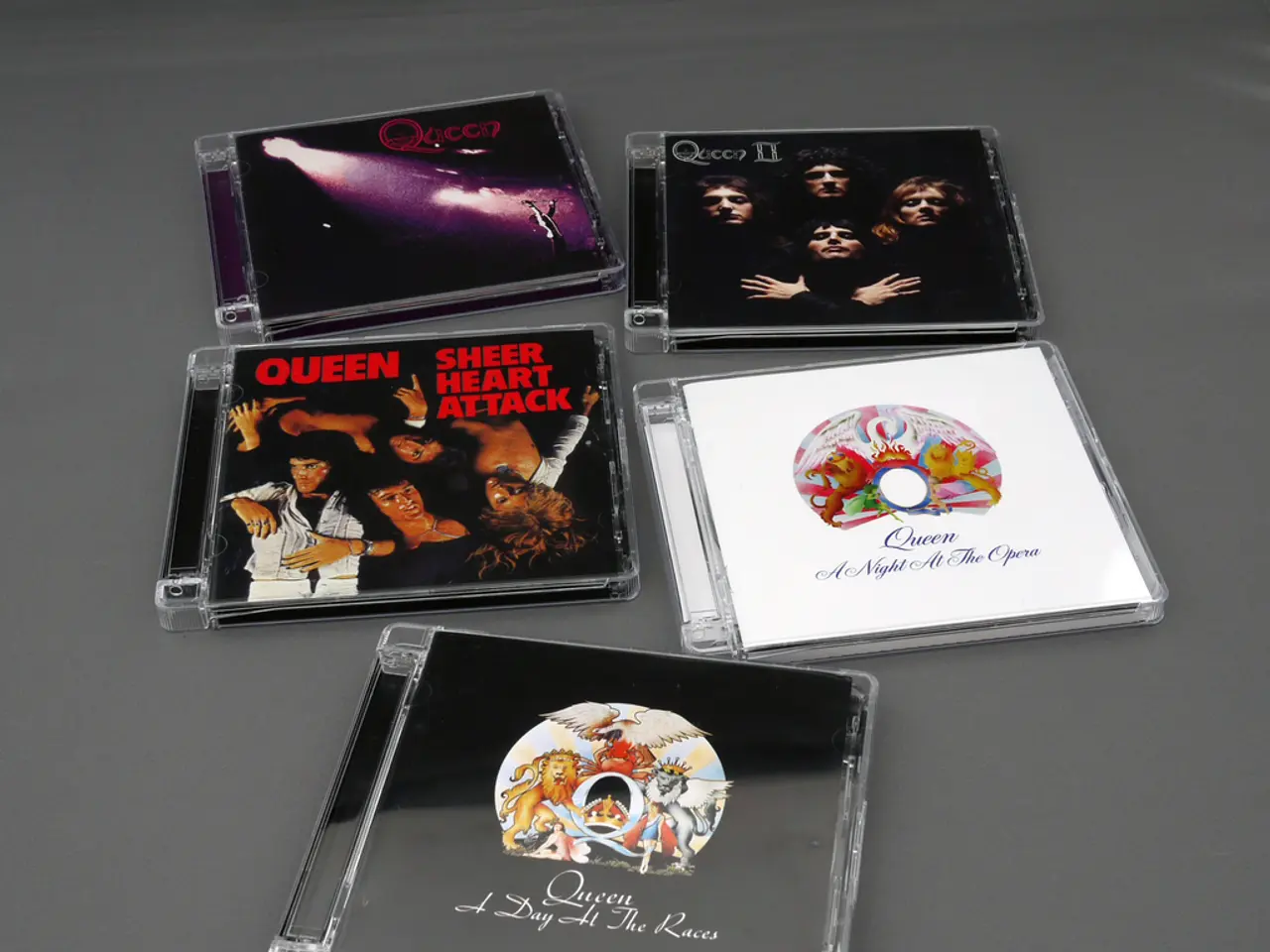Open Data Architecture in Digital Film Formats
Preserving Digital Cinema: Focus on Key File Formats
The National Archives and Records Administration (NARA) is dedicated to preserving a wide array of digital cinema content, encompassing more than just the Digital Cinema Package (DCP), Digital Picture Exchange (DPX) 2.0, and Kodak Cineon. These three formats, however, are significant components of NARA's holdings, currently being processed using their existing capabilities and tools.
The DCP, DPX 2.0, and Kodak Cineon represent three crucial file formats in the digital cinema preservation landscape. The DCP, a standard for digital cinema distribution and exhibition, contains all the digital files necessary to project a movie digitally in theaters, including audio, video, subtitles, and metadata. Preservation efforts for DCPs focus on maintaining the integrity of these complex packages, often including MXF wrapping of video and audio streams.
DPX 2.0, a widely used image file format in motion picture scanning and post-production, is a preferred preservation intermediate format for high-resolution film scans. Version 2.0 includes enhancements for metadata and image data representation, making it an essential tool for digital cinema preservation.
Kodak Cineon, an older film scanning format developed by Kodak, is relevant in preservation for content initially scanned or mastered in this format. It digitizes film frames into a logarithmic color space, making it a pioneering format for digital intermediate workflows.
While other file formats and variant versions are also present in NARA's holdings, these three formats are central to digital cinema preservation strategies, focusing on the challenges unique to digital cinema formats, including file formats, data integrity, and long-term usability.
The Digital Cinema Preservation Plan, a strategy aimed at preserving digital cinema content, typically encompasses these three formats: DCP for distribution-level preservation and exhibition, DPX 2.0 for high-quality image preservation and intermediate archival files, and Kodak Cineon as a legacy digital intermediate format crucial for preserving older scanned film assets.
Though no specific "Digital Cinema Preservation Plan" covering these formats was found in the results, this aligns with industry knowledge of digital cinema archiving practice as reflected in audiovisual preservation strategies and technical archival standards. For formal documentation or institutional-specific plans (e.g., by archives, museums, or film studios), these formats are usually included as part of their technical preservation frameworks to cover original digital cinema distribution materials, high-resolution preservation masters and intermediates, and legacy film scans especially with established workflows in Kodak Cineon.
It's essential to note that the DCP, DPX 2.0, and Kodak Cineon are not exhaustive nor universally applicable proposed actions or recommended or endorsed tools. Other file formats and variant versions may be necessary for comprehensive digital cinema preservation.
For more information on the specific NARA Format IDs and linked open data TTLs for DCP, DPX 2.0, and Kodak Cineon, please visit the following links:
- Digital Cinema Package (DCP): https://www.ourwebsite.gov/files/lod/dpframework/id/NF00462.ttl
- Digital Picture Exchange (DPX) 2.0: https://www.ourwebsite.gov/files/lod/dpframework/id/NF00160.ttl
- Kodak Cineon: https://www.ourwebsite.gov/files/lod/dpframework/id/NF00578.ttl
Data-and-cloud-computing technology plays a significant role in preserving digital cinema content by enabling efficient processing of key file formats like the Digital Cinema Package (DCP), Digital Picture Exchange (DPX) 2.0, and Kodak Cineon. The adoption of advanced technology solutions ensures the long-term usability and integrity of these crucial digital cinema preservation formats.
Furthermore, the incorporation of technology in the Digital Cinema Preservation Plan aids in the comprehensive digitization, storage, and management of digital cinema content, fostering the sustainability of digital cinema archiving practices.




